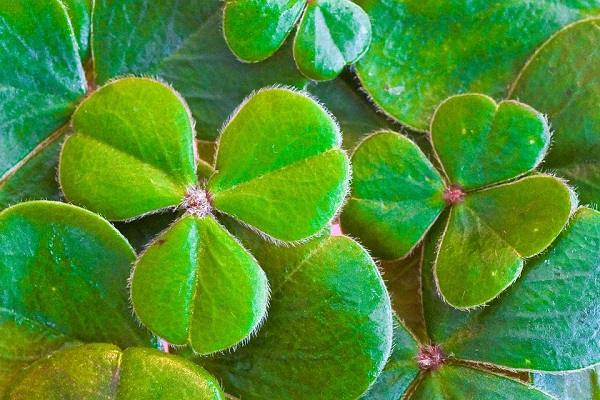7 Myths About St. Patrick’s Day
- By Gary Nguyen --
- 16 Mar 2016 --

A look into some misconceptions and myths about St. Patrick’s Day.
St. Patrick Day has always been celebrated for many years in Ireland. During this holiday, people watch parades, wear green and eat corned beef. There has been a lot of misconception concerning this holiday and people always get confused by myths that have been brought forward to challenge this celebration. As you prepare to watch and enjoy this holiday, here are the seven myths you need to know about St. Patrick’s Day.
7 Myths About St. Patrick’s Day[/tweetthis]
History indicates that British Isles were taken over by the Romans, a group which included the Saint and his parents. There is no clear evidence to indicate that his family belonged to the Roman aristocracy which traces its origin to the present day Italy.
Patrick later wrote about his past in Latin and signed his name “Patricus.” Other reports suggested that he was named Maewyn Succat at birth.
St. Patrick’s Day has been for a long time regarded as a Roman Catholic festival celebrated in Ireland only observed in the traditional manner. Unlike today, where Irish immigrants organize parades and other events in the United States every March 17th as a symbol of pride.
In the recent years, St. Patrick’s Day has continued to evolve into a more secular culture with parties, traditional foods and music.
Sources indicated that Pope Celestine had sent Bishop Palladius “to the Irish believing in Christ” long before 1431 when St. Patrick is believed to bring the gospel to Ireland. Many people believe that those who lived in Emerald Isle had already been introduced to Christianity before. In fact, there is a myth that St. Patrick of lore is a product of Palladius and deacon’s son who were the first one to come to Ireland when they were slaves.
Saint Patrick is said to have been born in the present land of England, Scotland or Wales in year 390. There has been a mixed interpretation of his life as some believe that he was a Christian deacon and had a wife.
It is believed that the Irish raiders enslaved Saint Patrick at the age of 16, and he was held as captive for six years. Later, Patrick moved back to England where he was taught Christian values. He decided to go back to Ireland where he dedicated himself to self-humanity as a missionary.
It is held that Patrick delivered a sermon at Irish Hillside, and he was able to cast the Island’s serpents into the sea. This is despite the fact that Emerald Isle is snake-free and most likely has always been. Ireland is known to be too chilly and snakes which are cold-blooded and cannot survive in such environment. When the last glacial period occurred, Ireland was surrounded by water and this barred snakes from slipping over. Many scholars view the snake story as a tactic that St. Patrick used to end pagan ideology.
Corned beef and cabbage are the main dishes that people in U.S. and Canada have used in celebration of St. Patrick’s Day. In Ireland, Catholics have for a long time served a special type of bacon that resembles ham in these festivals.
Irish immigrants who moved to the New York City’s Lower East Side in the 19th century are believed to have substituted the corned beef they purchased from their Jewish neighbors to save money.
Knights in the Order of St. Patrick wore the color known as St. Patrick’s blue. Later on, Green became the color that was used to celebrate this occasion and people started drinking green beer, wearing green clothes and dye the Chicago river green to celebrate this big day. It is believed that the practice was adopted in 18th Century a time when Irish independence fighters used the color green to symbolize their grounds.
A bit of St. Patrick’s Day fun — the history, myths and fun facts http://t.co/vej6o8zgUB
— ARC Carleton (@ARC_Carleton) March 17, 2015


















